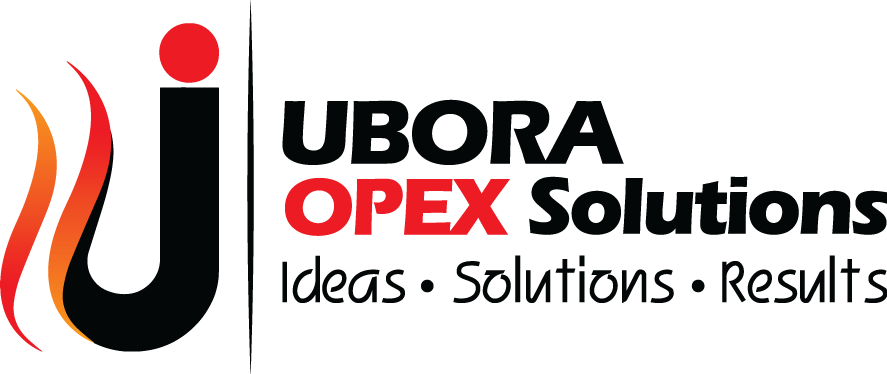
Course Overview
1.What is Kaizen?
2.10 Principles of Kaizen
3.How Kaizen works
4.Kaizen Cycle for Continuous Improvement
5.Types of Kaizen Events
6.Kaizen 5s Framework
7.Advantages and Disadvantages of Kaizen
8.Examples of Kaizen
9.Continuous Improvement
10.The 6 Benefits of Implementing the Continuous Improvement Model
11.3 Aspects of Continuous Improvement
12.What’s am industry Example of Continuous Improvement
Course Objective
Upon completion of this course you will be able to:
- Understand the principles and philosophy of Kaizen within the context of Six Sigma and Lean Manufacturing methodologies
- Develop an awareness of the continuous improvement mindset and its role in driving organizational excellence
- Learn techniques for identifying improvement opportunities and implementing incremental changes through Kaizen events
- Gain knowledge of the Kaizen methodology, including its principles, tools, and techniques for process improvement
- Understand the connection between Kaizen, waste reduction, and the pursuit of operational excellence
- Develop skills in facilitating Kaizen events and engaging teams in the improvement process
- Apply Kaizen principles and techniques to real-world case studies and practical exercises to reinforce learning and develop proficiency
Target Audience:
Kaizen can be used by anybody who is involved in process improvement such as business analysts, engineers, project managers, advisors, maintenance, facilities and operation
Estimated time to complete:
Open format, self-paced
Excellent
0
Very Good
0
Average
0
Poort
0
Terrible
0
0.0
0 reviews
This course includes
- Certified Self Paced Online Course
